

— Blogs —
—Products—
 Consumer hotline +8618073152920
Consumer hotline +8618073152920 WhatsApp:+8615367865107
Address:Room 102, District D, Houhu Industrial Park, Yuelu District, Changsha City, Hunan Province, China
Product knowledge
Time:2025-10-15 15:28:24 Popularity:436
I. The Gold Standard for Non-Contact Measurement: The Industrial Value of Ultrasonic Level Technology
In the Industry 4.0 era, enterprises' requirements for level data in storage tanks and materials are rapidly shifting from "manual readings" to "intelligent monitoring."
Ultrasonic level sensors, with their non-contact, maintenance-free, and high cost-performance characteristics, have become one of the most widely adopted technologies in global level automation management.
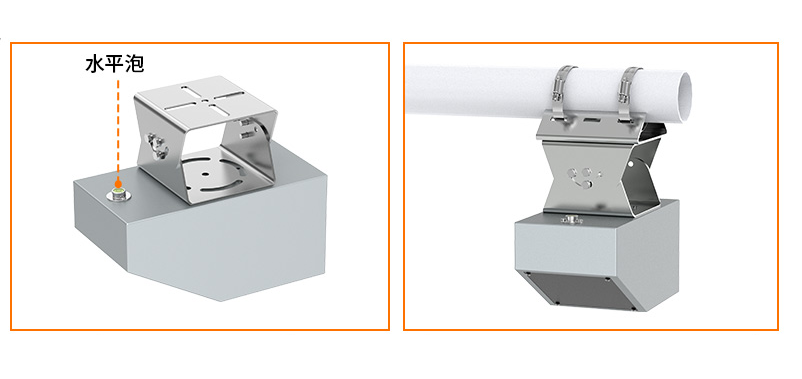
✅ Non-Contact Measurement — No need to contact liquids or powders, avoiding corrosion, contamination, and wear issues.
⚙️ Simple Structure — Top-mounted installation for immediate use, nearly zero maintenance.
High Cost-Effectiveness — More suitable for medium-precision, budget-sensitive applications compared to radar level meters.
Intelligent Compensation — Built-in temperature compensation and digital filtering algorithms ensure accuracy even in outdoor or complex environments.
D = Sound Speed × Δt / 2
The sensor emits sound waves → Sound waves are reflected by the liquid surface → Measure the round-trip time difference to calculate the level height.
Through microprocessor algorithms, stable, linear, and high-precision data output can be obtained (analog / RS485 / Modbus).
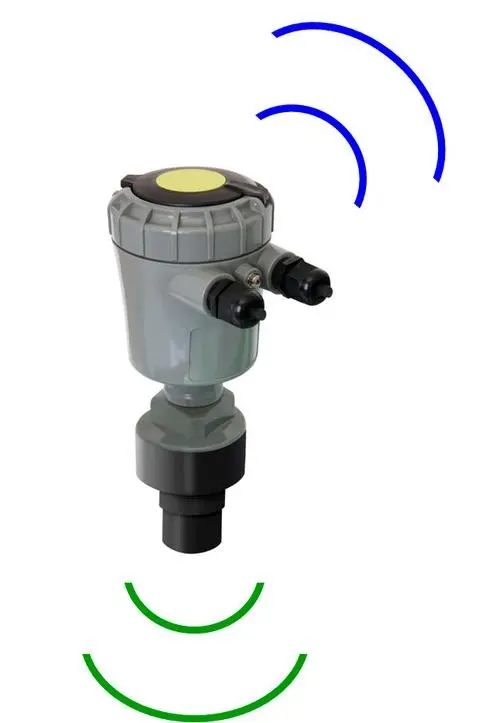
Application Scenarios: Clear water tanks, sedimentation tanks, reagent tanks, pump stations.
Pain Points: Harsh sewage environments where contact sensors are easily affected by fouling.
Solutions:
Ultrasonic level sensors enable non-contact measurement without immersion in liquids;
Can integrate with PLC / IoT platforms for automatic pump start/stop control;
Prevent overflow pollution and dry-run damage, enabling unmanned operation.
Results: Achieve continuous online monitoring and automatic replenishment control, reducing equipment maintenance rates by 70%.
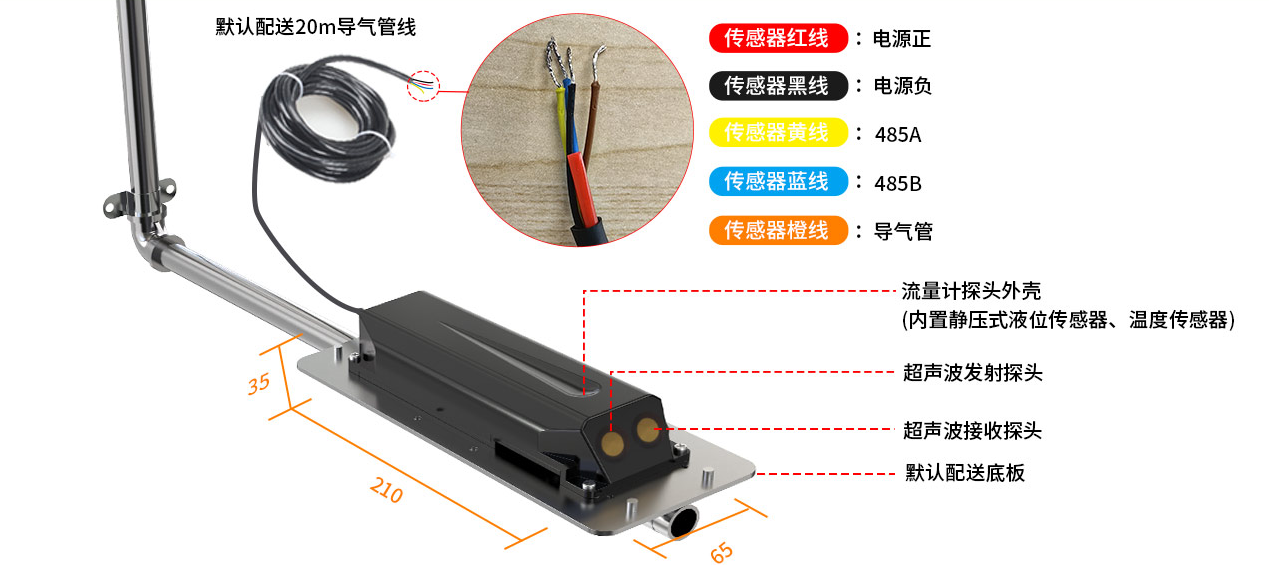
Application Scenarios: Acid, alkali, salt solution, and industrial waste liquid storage tanks.
Challenges: Strong corrosive chemical vapors shorten the lifespan of contact probes.
PTFE or PVDF housing for resistance to strong acids and alkalis;
Built-in temperature compensation algorithm for precision even in 60°C high-temperature environments;
Supports explosion-proof grade customization for hazardous conditions.
Value: Maintenance cycles extended from 3 months to over 2 years.
Application Scenarios: Pure water, milk, juice, and brewing raw material storage tanks.
Requirements: Compliant with sanitary standards, suitable for in-place cleaning (CIP / SIP).
Features:
Non-contact design avoids secondary contamination;
Seamless integration into sanitary tanks without additional openings;
Compatible with RS485 and 4–20mA outputs, suitable for HACCP / GMP factory automation systems.
Value: Ensures food safety while reducing manual inspection costs.
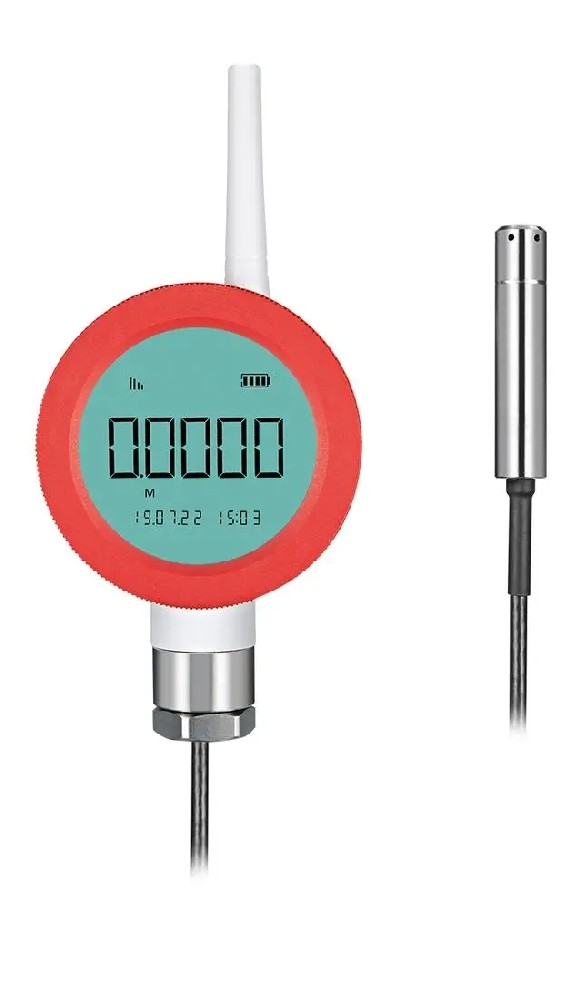
Application Scenarios: Grain, feed, plastic pellets, and small fertilizer silos.
Challenges: Weak reflection signals from dust and particles.
Solutions:
Enhanced echo signal processing algorithms (Echo Filtering);
Optional installation of guide tubes or acoustic reflectors for stable echoes;
Enables inventory monitoring and anti-clogging alarms.
Value: Far lower cost than radar systems, ideal for small to medium-sized storage scenarios.
Application Scenarios: Cooling oil tanks, waste liquid pools, lubricant storage tanks.
Advantages: Low cost, simple maintenance, excellent corrosion resistance.
Notes: Sensitive to oil vapors; avoid sealed high-temperature environments.
Highly cost-effective for non-critical tanks (auxiliary level alarms, wastewater tanks).
Customer Background: A chemical plant's transfer tank holding high-concentration acidic waste liquid (60°C).
Traditional Problems: Hydrostatic sensors corroded and failed within 3 months, leading to frequent downtime maintenance.
Adopted a fully encapsulated PTFE ultrasonic level sensor with top-mounted installation, with only minimal housing exposure to corrosive vapors. The system ran continuously for 2 years with zero maintenance, maintaining level accuracy at ±3 mm.
Results: Overall maintenance costs reduced by 85%, system uptime increased by 20%.
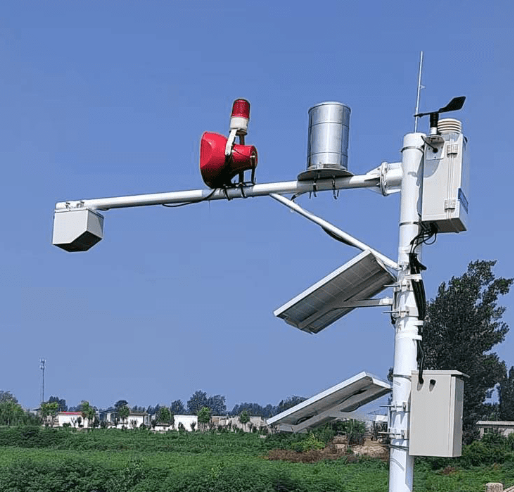
- High protection rating (IP68)
- Algorithms resistant to steam and dust interference
- Industrial bus outputs (RS485 / Modbus)
- Automatic temperature compensation
- Customizable explosion-proof types and remote IoT data acquisition modules
Application Integration: Can directly connect to the NiuBoL IoT cloud platform for:
- Remote level visualization
- High/low level alarms
- Storage tank group management and report exports
Contact NiuBoL immediately: Build your industrial non-contact level monitoring solution.
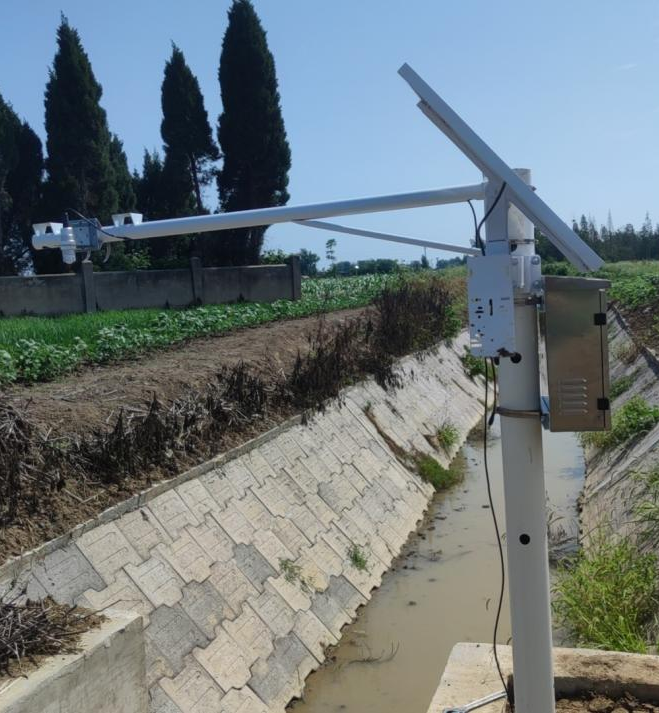
A: Yes. The sensor's built-in averaging algorithm smooths fluctuation data. However, for excessive foam or severe vortices, guided wave radar is recommended.
A: Select models with the smallest blind zones, or position the probe so the highest level is > blind zone distance away. NiuBoL sensors have blind zones as low as 20 mm.
A: Built-in temperature compensation suits high-temperature environments; for high-pressure tanks, select pressure-resistant housings and enhanced sealing flanges.
Prev:Building a Smart Water Level Monitoring System: Real-Time Remote Data and Alarms
Next:Dissolved Oxygen Probes Explained: Selection, Calibration, and Maintenance for Water Quality
Related recommendations
Sensors & Weather Stations Catalog
Agriculture Sensors and Weather Stations Catalog-NiuBoL.pdf
Weather Stations Catalog-NiuBoL.pdf
Related products
 Combined air temperature and relative humidity sensor
Combined air temperature and relative humidity sensor Soil Moisture Temperature sensor for irrigation
Soil Moisture Temperature sensor for irrigation Soil pH sensor RS485 soil Testing instrument soil ph meter for agriculture
Soil pH sensor RS485 soil Testing instrument soil ph meter for agriculture Wind Speed sensor Output Modbus/RS485/Analog/0-5V/4-20mA
Wind Speed sensor Output Modbus/RS485/Analog/0-5V/4-20mA Tipping bucket rain gauge for weather monitoring auto rainfall sensor RS485/Outdoor/stainless steel
Tipping bucket rain gauge for weather monitoring auto rainfall sensor RS485/Outdoor/stainless steel Pyranometer Solar Radiation Sensor 4-20mA/RS485
Pyranometer Solar Radiation Sensor 4-20mA/RS485
Screenshot, WhatsApp to identify the QR code
WhatsApp number:+8615367865107
(Click on WhatsApp to copy and add friends)
